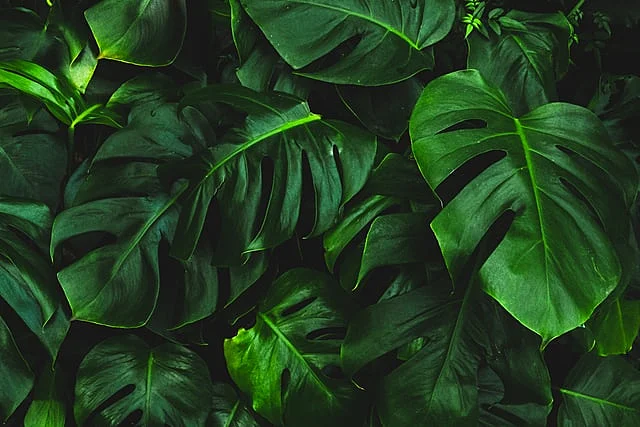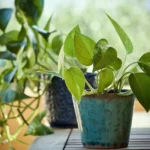Table of Contents
Can a yellow Monstera leaf turn green again?
Can a yellow Monstera leaf turn green again? This is probably one of the questions that most people ask when they first have their Monstera.
In this article, we’ll address the answer to the question: can a yellow Monstera leaf turn green again?
It is possible that the yellow Monstera leaf may turn green again if the overwatering issue is discovered early, but if the damage is severe, the yellow leaves will continue to worsen and will eventually turn brown.
Once a Monstera leaf has become yellow, it will not change back to green in any way. A new leaf will need a lot of energy from your Monstera plant.
Causes Of Yellow Leaves
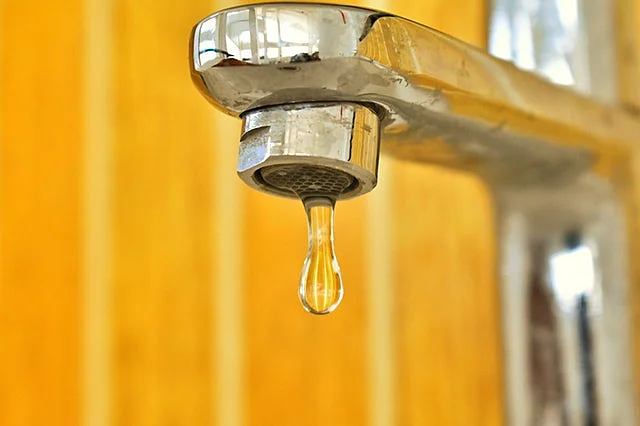
Water Quality
If your tap water includes chlorine or chloramine, you may want to avoid watering your Monstera plant with it. In addition, the soil can also accumulate salts from old fertilizer and mineralized deposits.. Stress may manifest itself in the form of yellowing or burned leaves.
It is a good habit to flush the soil on a regular basis by allowing excess water to flow through the mix while watering the Monstera plant. It is recommended that you only use dechlorinated water. If you feel that your leaves are becoming yellow as a result of poor water quality, try switching to filtered water or rainwater instead.
Read More: How do you fix yellow Monstera leaves?
Overwatering
The most prevalent stress-related cause of leaf yellowing is overwatering. It’s not intentional, yet we may unwittingly destroy our plants with our good intentions.
If this is the case, you may notice a sudden increase in the quantity of yellowing leaves.
See whether the soil is soggy under the surface. If the soil is excessively soggy, the roots cannot breathe, This means that the leaves can’t get the nutrients and moisture they need to keep photosynthesis going.
Overwatering should be investigated since it may be an indication that the environment is favourable to root rot, which may swiftly kill your Monstera plant if left unchecked for an extended period of time.
If you suspect wet soil as the source of the problem, you should immediately stop watering until the problem is resolved. Here are some extra tips:
- Reduce the light a little so the plant doesn’t feel so stressed.
- Maintain temperatures that are on the warm side of the plant’s ideal range.
- Check the roots to see whether they are healthy, sweet-smelling, and firm. If you discover rot, you’ll need to take action right away.
- In cases when the soil is heavy and does not drain properly, repotting the plant in a lighter, better-draining mix may be a good option.
- Increase the amount of fresh air in the room.
- Remove the plant from its container and place it on a piece of absorbent material like newspaper to speed up the drying process. (Do not allow the soil to get entirely dry.)
- Until new growth indicates a recovery, pay close attention to how much moisture is in the soil.
The degree of damage caused by overwatering is a significant factor, but the speed with which plants recover varies from one species to another. Some recover fast, while others take longer to recover and may never return to their pre-damaged state again.
Your yellow Monstera leaf may turn green again if the overwatering issue is discovered early, but if the damage is severe, the leaves will continue to deteriorate. New, healthy foliage will emerge if proper watering practices are resumed.
Read More: Can you save yellow Monstera leaves?
Underwatering
Soil that is too wet or too dry suffocates roots and stops leaves from absorbing water. Yellowing caused by a lack of moisture isn’t normally a guessing game. However, if the plant has wilted and the soil is dry, you’ve got a pretty good idea.
Don’t just pour water on a sick Monstera plant; watering a plant that has already been overwatered might be fatal. Because both overwatering and drought environments can result in wilting and yellowing of the leaves, you’ll want to check the soil and reconsider your watering schedule.
Aging Leaves
Oftentimes, a yellow leaf is simply a yellow leaf, and nothing more. The new leaves on your Monstera plant expand in size as the plant matures. It makes little sense to continue putting energy into a small, aged leaf that does not photosynthesize as well as a young one.
So, before letting that old leaf fall off, the plant will absorb back whatever nutrients it can get from it. A yellowing of the leaf will occur as a result.
As long as the rest of your Monstera looks happy, healthy, and is growing well, you don’t have to worry about it at all.
Read More: Why Does My Monstera Have Brown Spots?
Nutrient Issues
Although it is not the most prevalent cause of leaf yellowing, nutritional shortages may result in leaf yellowing. Just be sure you haven’t overlooked any other possibilities before going for the fertilizer.
Chances are, after correcting a nutritional shortage, yellow leaves will become green, but do not bank on it. Instead, anticipate the appearance of fresh green leaves after the issue has been resolved.
The following are examples of typical deficiencies and accompanying symptoms:
- Nitrogen – A lack of nitrogen is more common than other deficiencies due to the element’s mobility and susceptibility to evaporation when water is applied to the soil. Low nitrogen leads to an overall leaf yellowing, which begins with older leaves and progresses to the new ones.
- Potassium: When there is a deficiency in potassium, the edges of older leaves often become yellow.
- Magnesium: Magnesium deficiency can lead patches of yellow to appear on the leaves that spread outward from the center of the leaf. The veins have a tendency to remain green. The older leaves are the first to be affected.
- Iron: This symptom appears initially on the younger leaves, making the top leaves yellow with green veins, and then on the older leaves.
- Sulfur: When sulfur levels are low, young leaves become yellow. It will eventually infect the majority of the leaves as well.
Overfertilization may also result in yellowing because some chemicals might obstruct the uptake of certain nutrients. For instance, too much copper, calcium, zinc or phosphorus can make it difficult for iron to be absorbed.
Read More: How do you get rid of yellow leaves on Monstera?
Humidity
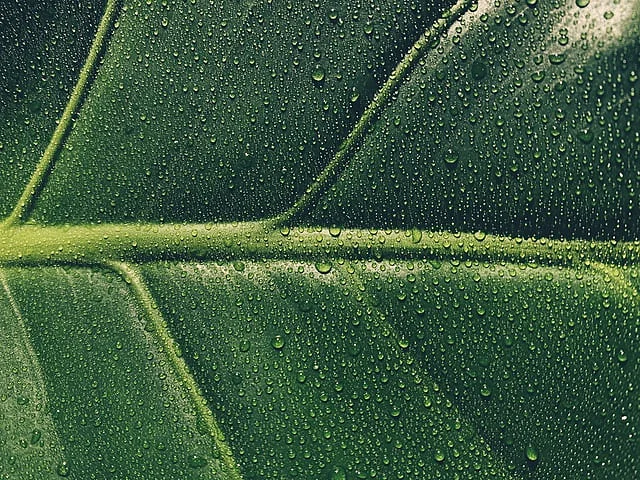
Low humidity may produce leaf yellowing and browning, as well as drying on the edges of the leaves. Depending on the species, this may not be an issue for all plants. Some prefer higher humidity levels.
Grouping plants with each other or putting water trays near them can raise the humidity in the room a little, but a room humidifier is the best way to make sure it stays that way. Misting, on the other hand, is not encouraged since it may produce fungal concerns, which is particularly dangerous if the plant is already compromised.
Lighting
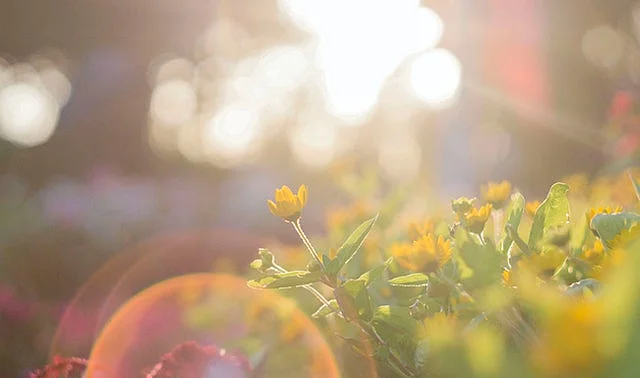
Yellow leaves may be caused by either an excess of or a lack of light. If somehow the environmental conditions aren’t clear, look at the leaves to see what they’re saying.
- Too much direct sunlight makes plants dry out or burn.
- Leaves that are not exposed to enough light will retain their moisture. Reduced photosynthesis and reduced chlorophyll content in the leaf are caused by low light levels, however low light does not interfere with moisture transference.
Another sign of low light is yellowing on the side that is furthest from the light source.
Temperature
For plants, exposure to cold temperatures or drafts may cause the leaves to turn yellow and drop off. Because of this, it’s a bad idea to put your plant in front of an air conditioner.
Once the leaf damage has occurred, there is nothing you can do to prevent it, but you may mitigate the problem by protecting the plant from drafts and keeping it within its recommended temperature range. (60–80 degrees)
pH Issues
cpH problems are associated with nutrition absorption and may lead to leaf yellowing in an indirect way. Testing the soil and checking the pH level of the plant will help you determine whether or not you’re on the right track. (It may also provide you with information about your nutritional levels.)
It is, however, quite simple to overcorrect. To reduce the pH, a small amount of soil sulfur or horticultural lime are both viable options. Drain the soil on a regular basis to avoid the development of fertilizer salts, which may lead to pH problems.
Transplant Shock
The irony is that repotting a plant with yellow leaves might actually add to the problem.
The most effective way to cope with transplant shock is to provide the plant with the right care while it slowly recovers from the shock. Do not fertilize the plant, overwater it, or move it from one location to another.
After acclimating to its new environment, the plant will begin to grow green leaves.
Rootbound Conditions
If the roots of rootbound plants are damaged, the leaves on the plants might become yellow as a result of a lack of oxygen, moisture, and nutrients reaching the leaves.
The plant should be repotted into a bigger container to solve the problem. If you wish to retain the pot or the container the same size, you may prune the roots back to their original size.
Pests And Diseases
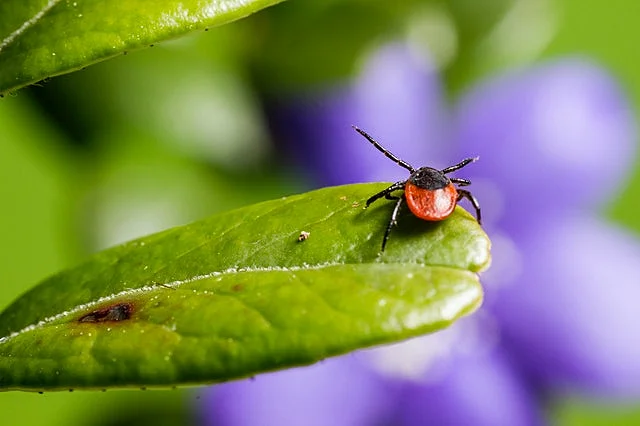
One of the most upsetting things you can experience as a gardener is pests attacking your Monstera!
Three diseases to look out for if the leaves of your Monstera plant start to turn yellow are:
- Anthracnose
- Fungal leaf spots
- Powdery mildew.
Each of these conditions has distinct symptoms that help you make an informed diagnosis.
Anthracnose
Anthracnose is a fungus that causes yellow or brown patches on the leaves. The yellow patches will turn brown as the condition worsens, and the brown spots will spread.
The discolouration has the potential to spread inside and eat the whole leaf. Anthracnose may also cause brown, cankerous lesions on the stem as a result of the infection.
Anthracnose spreads more quickly in humid conditions, like rain or when a worried plant mom sprays the leaves of a sick Monstera.
Infected plants must be removed immediately to prevent the illness from spreading further. Cut off all of the affected leaves and stems with a pair of sharp garden shears to prevent further damage. Dip your scissors in rubbing alcohol or peroxide to disinfect them between cuts.
You may also treat your Monstera with a copper-based fungicide after you’ve cut away the diseased areas, just in case you missed any that haven’t yet begun to show symptoms.
Fungal leaf spots
A fungal leaf spot, as opposed to anthracnose, occurs when a fungus begins to eat up at the leaf from outside.
The fungus may create a group of yellowing marks on the leaf as a result of its presence. It is likely that a black or brown fungal mark will appear in the middle of the yellow ring.
You may notice that the plant tissue around a fungal spot appears wet if you hold the leaf up to the light. This is due to the fact that the fungus has already begun to consume that area of the leaf.
Any infected tissue must be removed in order to prevent the spread of the infection. Then, using a copper-based fungicide, remove any remaining fungus that may have survived the first treatment.
If you have a humidifier near your Monstera, you can help keep it healthy by making sure there is enough air flow around it.
Running the humidifier or misting your Monstera later in the evening is not a good idea since water left overnight invites new fungal infections.
Powdery mildew
Powdery mildew is easily recognized from other types of mildew because the fungus creates a white, powdery-looking layer on the leaf. If left untreated, this disease will cause the leaves to dry up and become yellow.
- This condition is treated in the same way as other fungal diseases.
- Remove and discard any parts of the plant that have been damaged.
- Use a fungicide to get rid of what’s left. (You may use neem oil to treat powdery mildew if you have it.)
- Lower the humidity while increasing the airflow.
To prevent the spread of any insect or fungal infection to your other houseplants, you should isolate the infected plant until the problem has been resolved.
Conclusion
So, can a yellow Monstera leaf turn green again? I would advise you not to put your faith in it. When a leaf becomes yellow, the odds of it returning to green are small to none.
In most cases, a leaf’s yellowing is irreversible. You may, however, reverse the damage if it is fresh and small, such as small yellow spots on a leaf.
In rare cases, a plant’s yellowing leaves may be reversed by promptly supplementing it with the deficient nutrient, although this is very unlikely.
If the plant’s yellowing is the result of years of neglect, there is no turning back the clock.
As soon as you see that your plant’s leaves are turning yellow, you need to find out what’s causing the issue and fix it as quickly as possible.
Read More: Will a yellow monstera leaf recover?
Pictures used:
Photo by Hope Rivers ? on Unsplash
Photo by Erik Karits from Pexels
